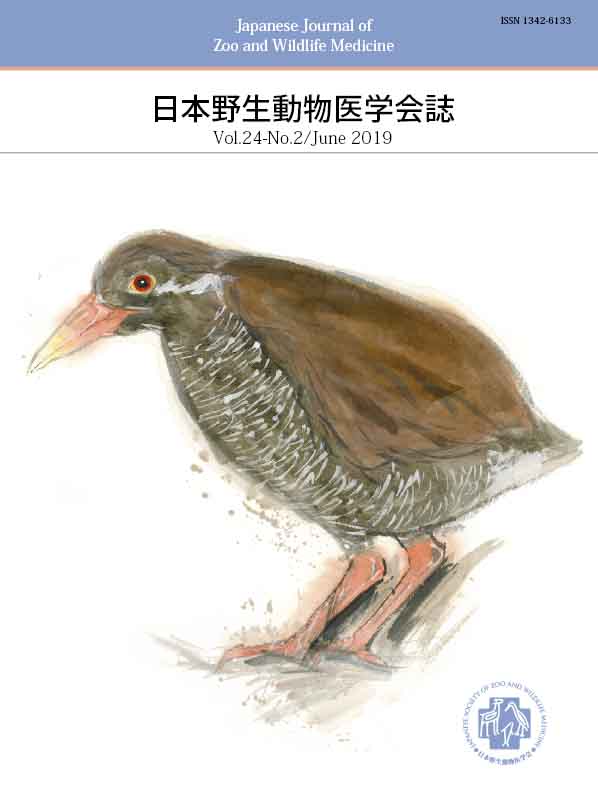Volume 24, Issue 2
Displaying 1-8 of 8 articles from this issue
- |<
- <
- 1
- >
- >|
Special articles
-
Article type: other
2019 Volume 24 Issue 2 Pages 27
Published: July 11, 2019
Released on J-STAGE: September 15, 2019
Download PDF (76K) -
Article type: other
2019 Volume 24 Issue 2 Pages 29-32
Published: July 11, 2019
Released on J-STAGE: September 15, 2019
Download PDF (210K) -
Article type: other
2019 Volume 24 Issue 2 Pages 33-39
Published: July 11, 2019
Released on J-STAGE: September 15, 2019
Download PDF (780K) -
Article type: other
2019 Volume 24 Issue 2 Pages 41-47
Published: July 11, 2019
Released on J-STAGE: September 15, 2019
Download PDF (1322K) -
Article type: other
2019 Volume 24 Issue 2 Pages 49-57
Published: July 11, 2019
Released on J-STAGE: September 15, 2019
Download PDF (749K) -
Article type: other
2019 Volume 24 Issue 2 Pages 59-63
Published: July 11, 2019
Released on J-STAGE: September 15, 2019
Download PDF (264K)
Full paper
-
Article type: other
2019 Volume 24 Issue 2 Pages 65-71
Published: July 11, 2019
Released on J-STAGE: September 15, 2019
Download PDF (339K) -
Article type: other
2019 Volume 24 Issue 2 Pages 73-84
Published: July 11, 2019
Released on J-STAGE: September 15, 2019
Download PDF (2860K)
- |<
- <
- 1
- >
- >|
